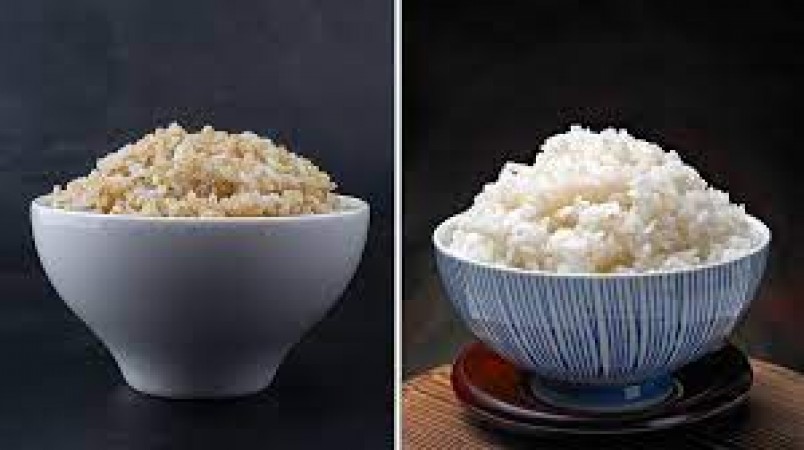In many cultures, white rice has been a staple food for centuries. However, as nutritional awareness grows, people are seeking healthier alternatives to white rice. While white rice isn't inherently bad, it lacks certain nutrients and may lead to health issues when consumed excessively. Fortunately, there are several nutritious alternatives to white rice that can be easily incorporated into your diet.
Understanding the Downsides of White Rice
White rice is a refined grain that has been stripped of its bran and germ, resulting in a loss of fiber, vitamins, and minerals. What remains is mostly starch, which can cause spikes in blood sugar levels when consumed in large quantities. Moreover, white rice has a high glycemic index, which may contribute to weight gain and increase the risk of type 2 diabetes.
Exploring Healthier Alternatives
Thankfully, there are numerous alternatives to white rice that offer more nutritional value and may have additional health benefits. Here are some options to consider:
1. Brown Rice
- Brown rice is a whole grain that retains its bran and germ, making it richer in fiber, vitamins, and minerals compared to white rice. It has a lower glycemic index, which helps stabilize blood sugar levels and keeps you feeling full longer.
2. Quinoa
- Quinoa is a gluten-free seed that is often cooked and served like a grain. It is a complete protein, containing all nine essential amino acids, making it an excellent choice for vegetarians and vegans. Quinoa is also rich in fiber, magnesium, and antioxidants.
3. Cauliflower Rice
- Cauliflower rice is made by finely chopping or grating cauliflower into rice-sized pieces. It is low in carbohydrates and calories, making it suitable for low-carb and ketogenic diets. Cauliflower rice is also a good source of vitamins C and K.
4. Wild Rice
- Despite its name, wild rice is not technically rice but rather the seed of an aquatic grass. It has a nutty flavor and chewy texture and is rich in protein, fiber, and various nutrients such as folate, magnesium, and zinc.
5. Barley
- Barley is a whole grain that is high in fiber, particularly beta-glucan, which has been shown to reduce cholesterol levels and improve heart health. It also contains antioxidants and vitamins such as B vitamins and selenium.
6. Bulgur
- Bulgur is a type of cracked wheat that is commonly used in Middle Eastern cuisine. It is high in fiber and protein, making it a filling and nutritious alternative to white rice. Bulgur is also quick-cooking and versatile, making it a convenient option for busy lifestyles.
7. Millet
- Millet is a gluten-free grain that is rich in nutrients such as magnesium, phosphorus, and antioxidants. It has a slightly sweet flavor and a fluffy texture when cooked, making it a tasty alternative to white rice.
8. Farro
- Farro is an ancient grain that has been cultivated for thousands of years. It is high in protein, fiber, and nutrients such as iron, magnesium, and zinc. Farro has a chewy texture and a nutty flavor, making it a delicious and nutritious substitute for white rice.
Making the Switch
Incorporating these alternatives into your diet can be a simple yet effective way to improve your overall health and well-being. Experiment with different grains and recipes to discover which ones you enjoy the most. Whether you're looking to manage your weight, stabilize your blood sugar levels, or simply add more variety to your meals, there's a nutritious alternative to white rice that's perfect for you.
Human Trafficking Ring Busted: CBI Investigates 2 Russia-Based Agents for Sending Indians to Ukraine Conflict
If you are defrauded through call, message or WhatsApp, then complain here
New way of smuggling gold ... Amul butter used
